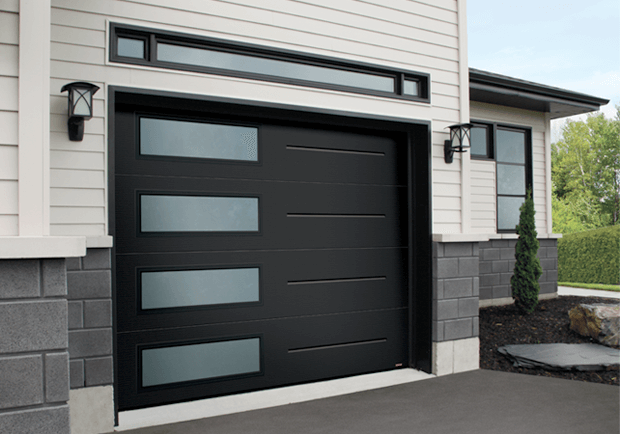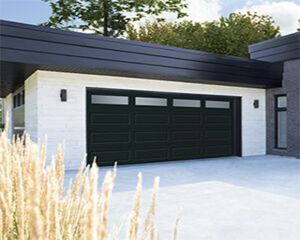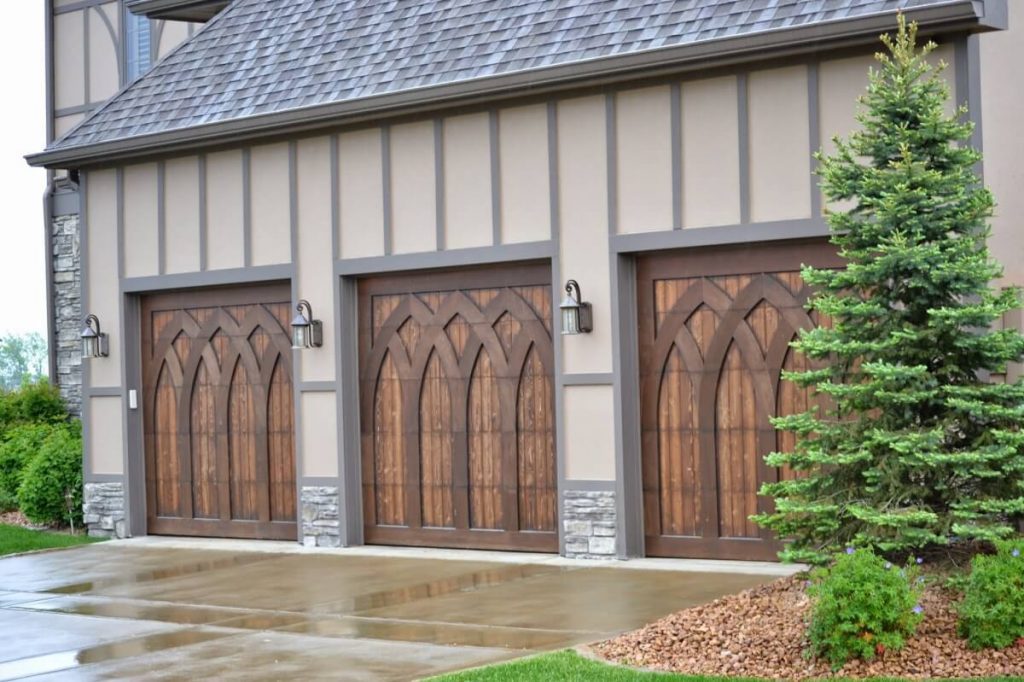When Should Your Garage Door Motor Be Replaced

When Should Your Garage Door Motor Be Replaced The motor for your garage door is an essential part as it powers the carriage, and can open or close the door when you push the buttons of your remote or enter your code on the keypad. If everything is working properly, the motor should come on […]
Resetting Your Garage Door Opener
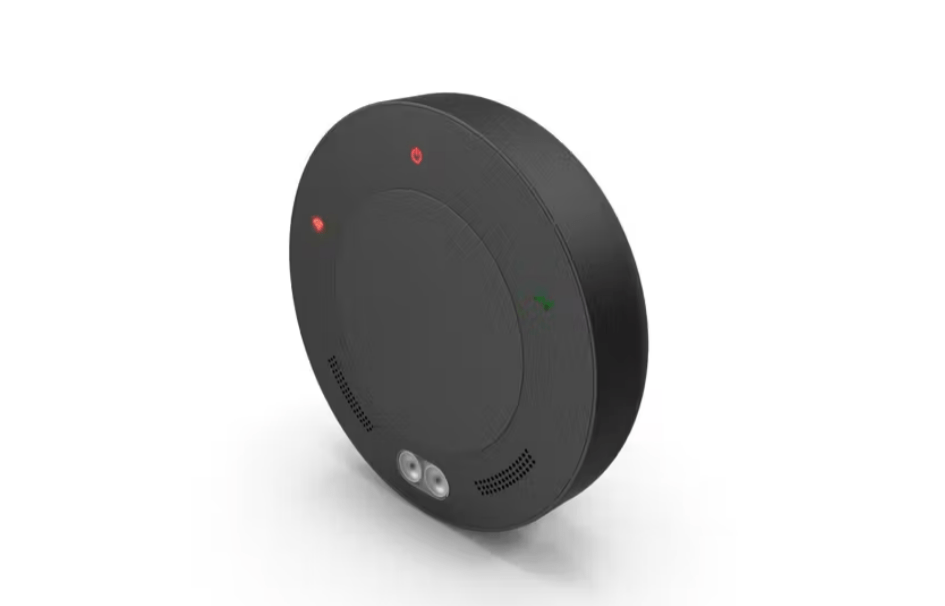
Resetting Your Garage Door Opener Resetting Your Garage Door Opener If your garage serves as the primary entrance to your house, you probably use it often. Due to the frequent use, scheduling services and repairs are essential to keep your garage door in good working order. If, however, you experience issues with your automated opener […]
When to Replace Your Garage Door Opener
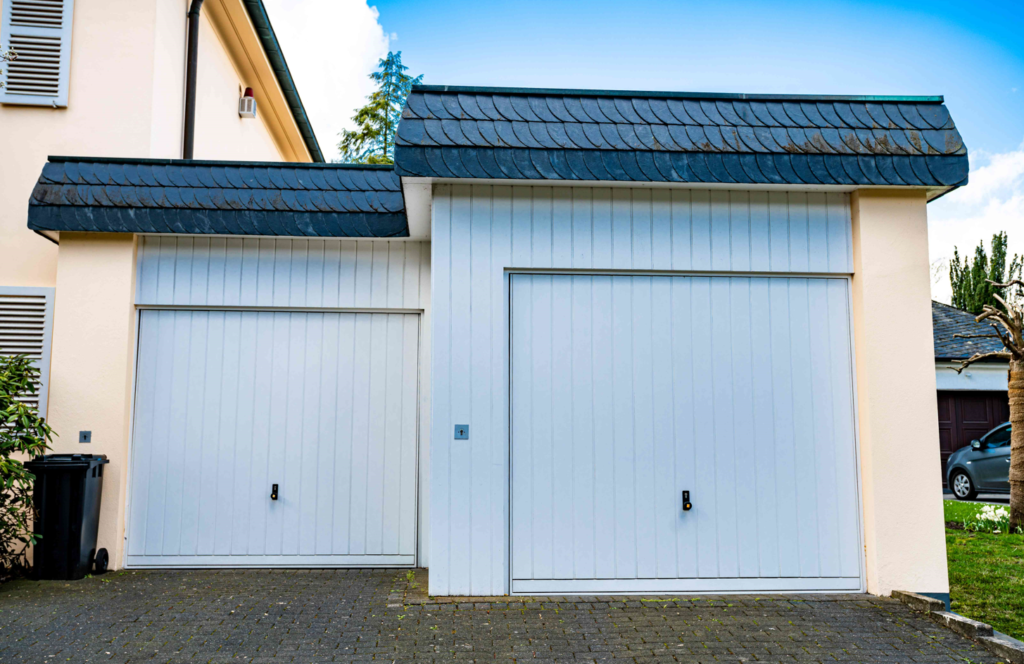
When to Replace Your Garage Door Opener When to Replace Your Garage Door Opener Knowing when to replace your garage door opener is crucial for the security and convenience of your home. While garage door openers are designed to last many years, sure signs indicate it may be time for a replacement. One key indicator […]
The Ultimate Guide to Garage Door Upkeep: Tips and Tricks for Proper Maintenance
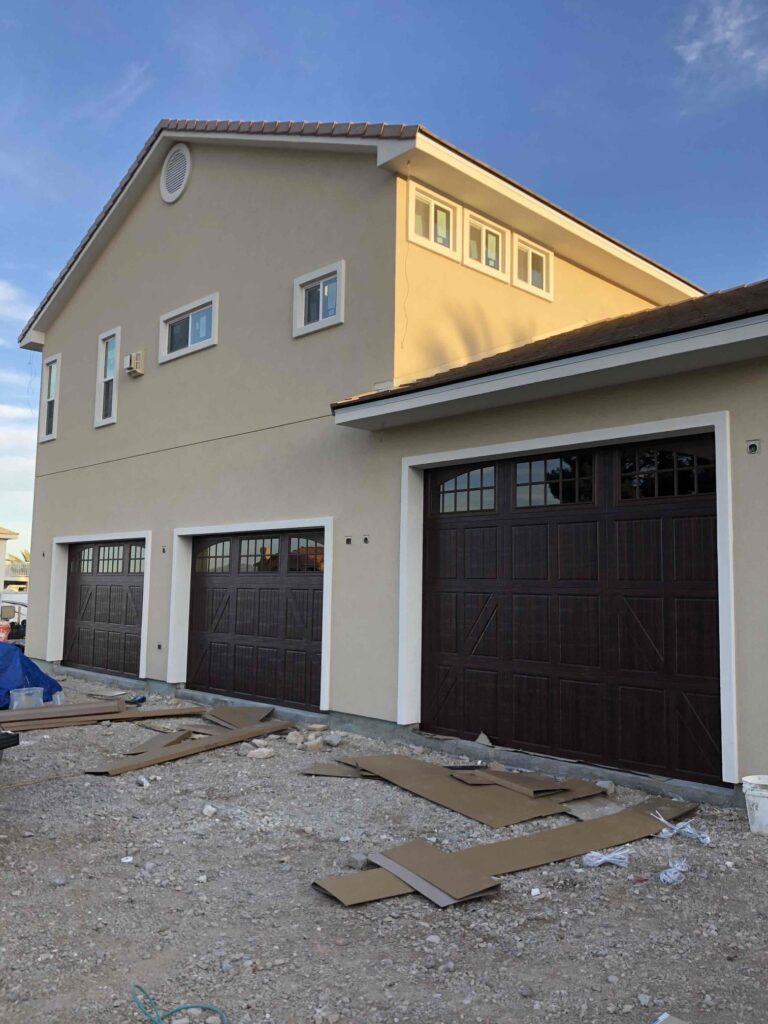
The Ultimate Guide to Garage Door Upkeep: Tips and Tricks for Proper Maintenance The Ultimate Guide to Garage Door Upkeep: Tips and Tricks for Proper Maintenance Introduction: The Importance of Regular Garage Door Upkeep garage door maintenance, garage door care, keeping garage doors in good condition, garage door longevity Here are some practical tips for […]
Understanding Why Garage Doors Break from Heat and How to Prevent It
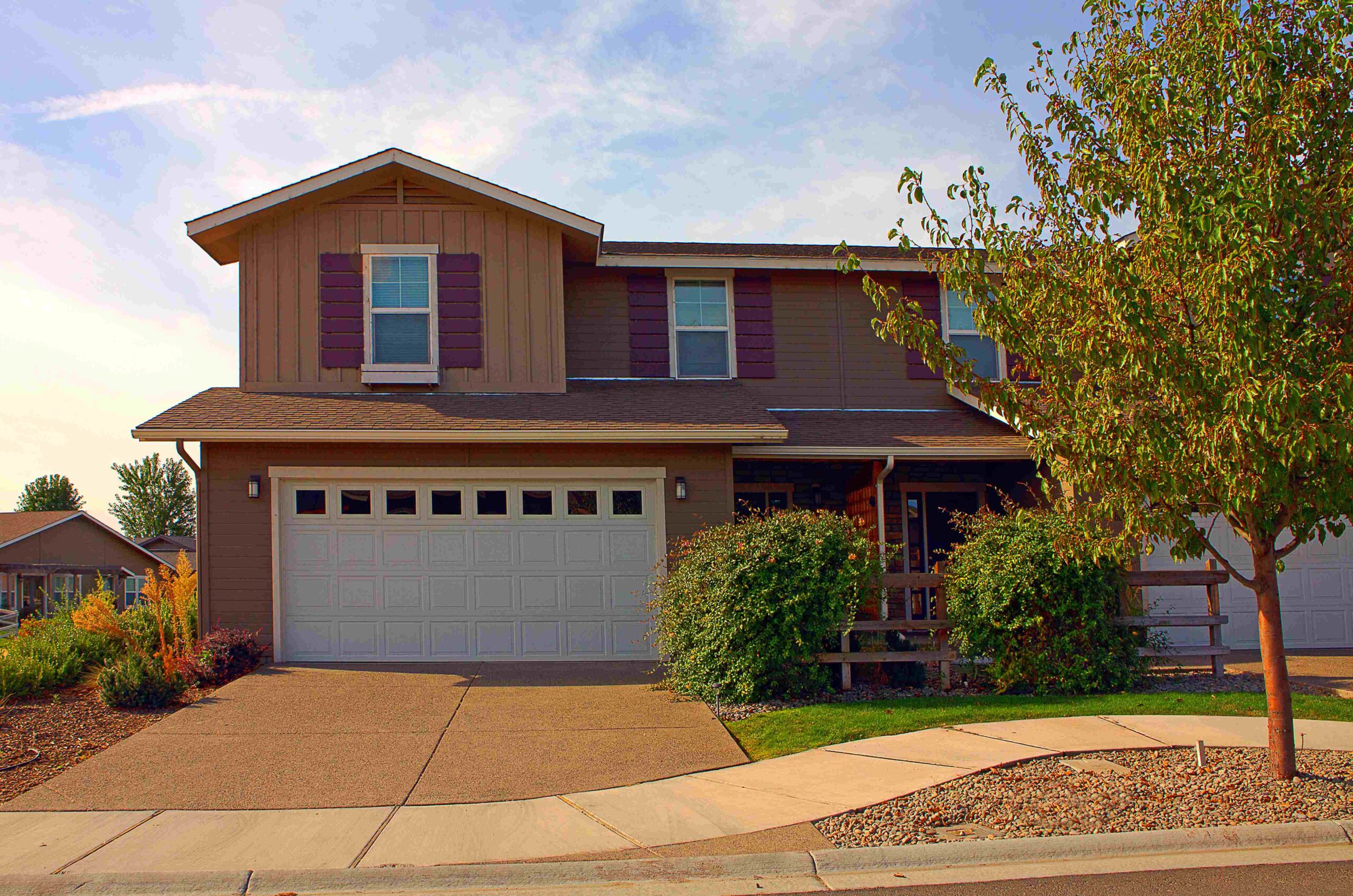
Understanding Why Garage Doors Break from Heat and How to Prevent It Understanding Why Garage Doors Break from Heat and How to Prevent It Introduction: The Impact of Heat on Garage Doors Garage doors are an essential part of any home, providing security and protection for vehicles and other items stored in the garage. However, […]
How to Troubleshoot a Non-Functional Garage Door Remote
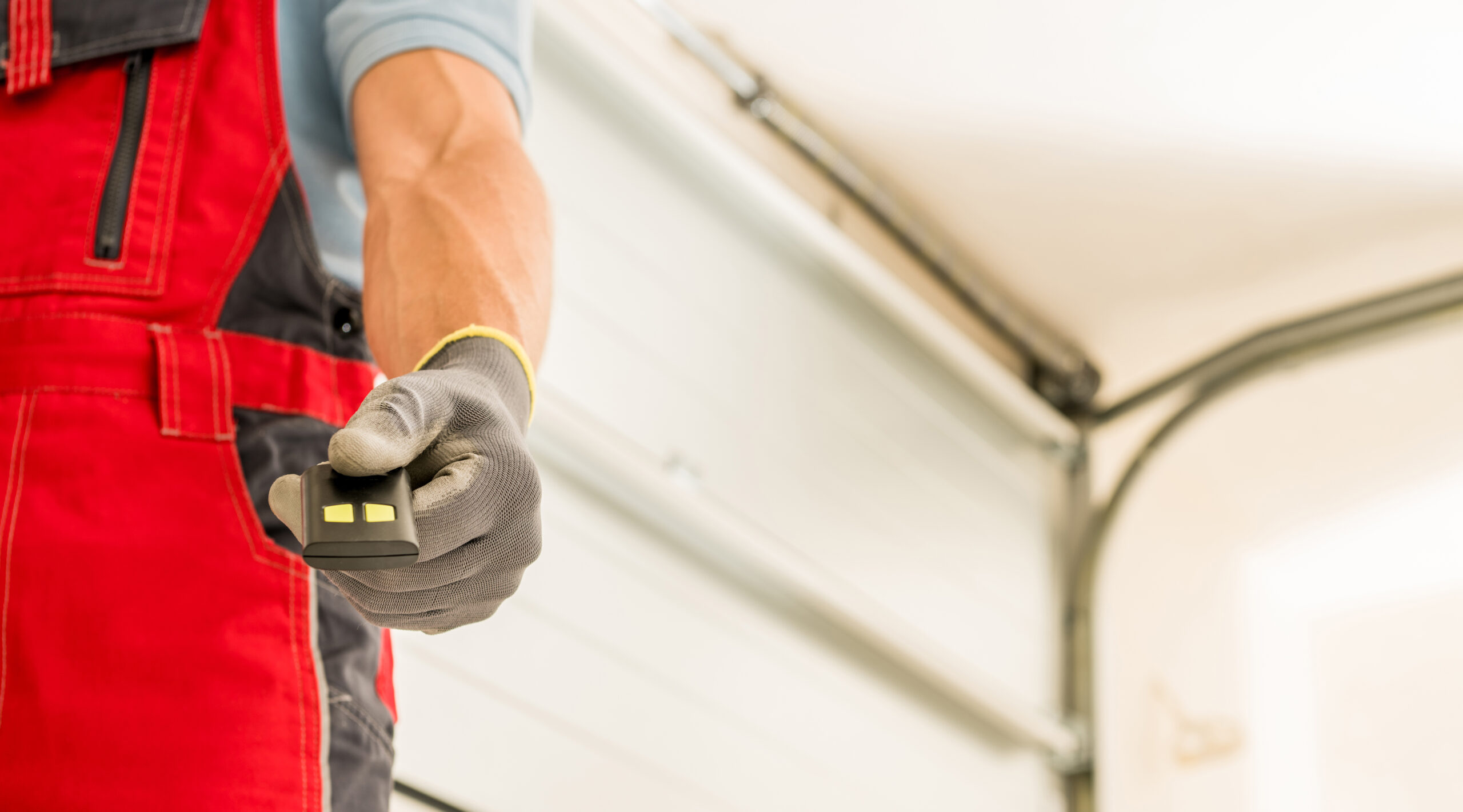
You arrive home after a long day at work, press the garage door remote button, and nothing happens. This can be frustrating, particularly if you’re unfamiliar with how your remote works or the common issues arising from regular use. Here are some common reasons why garage door remotes stop working and what you can do […]
How to Open My Garage Door in a Power Outage
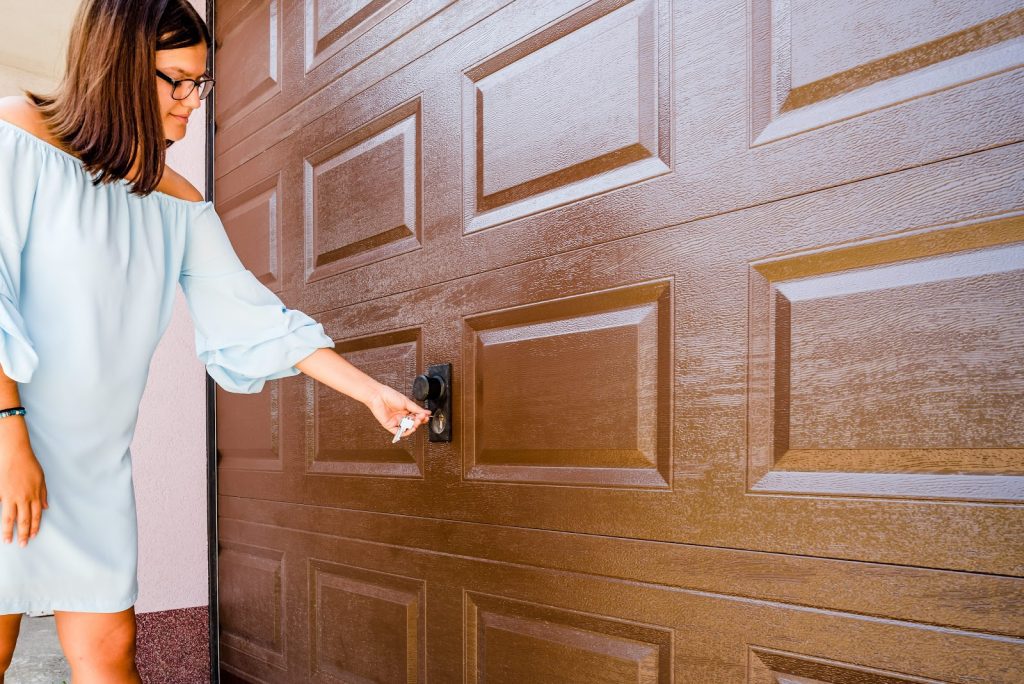
[fusion_builder_container hundred_percent=”no” hundred_percent_height=”no” hundred_percent_height_scroll=”no” hundred_percent_height_center_content=”yes” equal_height_columns=”no” menu_anchor=”” hide_on_mobile=”small-visibility,medium-visibility,large-visibility” status=”published” publish_date=”” class=”” id=”” background_color=”” background_image=”” background_position=”center center” background_repeat=”no-repeat” fade=”no” background_parallax=”none” enable_mobile=”no” parallax_speed=”0.3″ video_mp4=”” video_webm=”” video_ogv=”” video_url=”” video_aspect_ratio=”16:9″ video_loop=”yes” video_mute=”yes” video_preview_image=”” border_size=”” border_color=”” border_style=”solid” margin_top=”” margin_bottom=”” padding_top=”” padding_right=”” padding_bottom=”” padding_left=””][fusion_builder_row][fusion_builder_column type=”3_4″ layout=”3_4″ spacing=”” center_content=”no” link=”” target=”_self” min_height=”” hide_on_mobile=”small-visibility,medium-visibility,large-visibility” class=”” id=”” background_color=”” background_image=”” background_image_id=”” background_position=”left top” background_repeat=”no-repeat” hover_type=”none” […]
7 Tips for Garage Door Preventative Maintenance
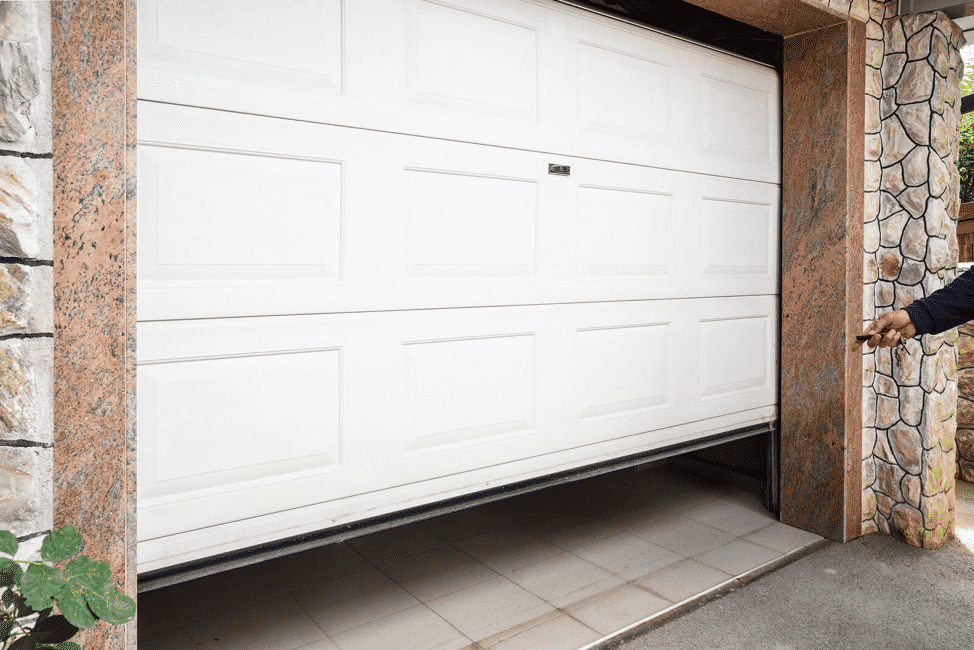
[fusion_builder_container hundred_percent=”no” hundred_percent_height=”no” hundred_percent_height_scroll=”no” hundred_percent_height_center_content=”yes” equal_height_columns=”no” menu_anchor=”” hide_on_mobile=”small-visibility,medium-visibility,large-visibility” status=”published” publish_date=”” class=”” id=”” background_color=”” background_image=”” background_position=”center center” background_repeat=”no-repeat” fade=”no” background_parallax=”none” enable_mobile=”no” parallax_speed=”0.3″ video_mp4=”” video_webm=”” video_ogv=”” video_url=”” video_aspect_ratio=”16:9″ video_loop=”yes” video_mute=”yes” video_preview_image=”” border_size=”” border_color=”” border_style=”solid” margin_top=”” margin_bottom=”” padding_top=”” padding_right=”” padding_bottom=”” padding_left=””][fusion_builder_row][fusion_builder_column type=”3_4″ layout=”3_4″ spacing=”” center_content=”no” link=”” target=”_self” min_height=”” hide_on_mobile=”small-visibility,medium-visibility,large-visibility” class=”” id=”” background_color=”” background_image=”” background_image_id=”” background_position=”left top” background_repeat=”no-repeat” hover_type=”none” […]
Protecting Your Garage Door in Cold Weather
Weather conditions can take a toll on the structural integrity of your garage door. Temperature fluctuations in the colder months can cause screws, springs and other metal parts to contract, which can make it difficult for your garage door opener in Las Vegas to function properly. Here are some tips for winter-proofing your garage door. […]
Repairs to Make Before You Sell Your Home
If you’re selling your home, then chances are that you want to make as much of a profit as possible. One of the best ways to improve your chances of getting a fair offer on your property is by making certain necessary repairs. Here are some repairs to make before you sell your home. Garage […]


